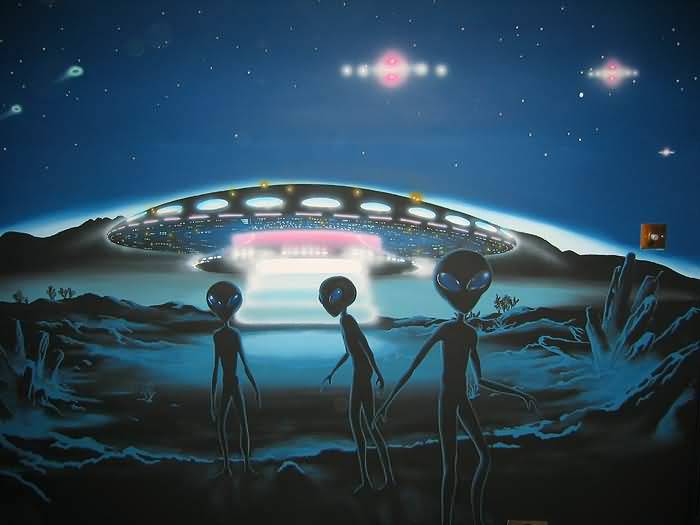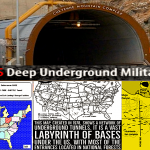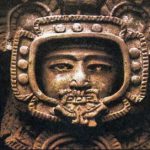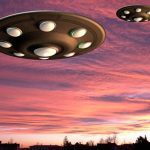Sightings like Arnolds, and more fantastic stories including actual contact with occupants of the saucers, and rumors that the U.S. government had salvaged a crashed alien spaceship, and that U.S. plane had been shot down by a UFO, flourished in the late 1940’s. In response the U.S. government created a group to investigate these reports.
On Sep 30, 1947 Lt General Twining of ACM expressed his opinion that there was sufficient substance in reports to warrant a study on UFOs. On December 23, 1947 Project Sign was established to collect, collate, evaluate, and disseminate all information concerning UFO sightings and phenomena.

Project sign completed it evaluations in Feb of 1949 and concluded “No definite and conclusive evidence is yet available that would prove or disprove the existence of these UFOs as real aircraft of unknown and unconventional configuration.” Project Sign was changed to Project Grudge on December 16, 1948.
Project Grudge recommended that the investigation and study of UFO reports be reduce in scope. In early 1950 UFO reports by the public increased. This prompted Project Grudge to be changed to Project Blue Book in March of 1952. Project Blue Book goals were:
To find an explanation for all the reported sighting of UFO’s.
1. To determine if the UFO posed any security threat to the United States.
2. To determine if UFO’s exhibit any advanced technology, which the U.S. could utilize.
In 1966 there was a wave of spectacular UFO sightings across America that received widespread press coverage. Political leaders, especially congressional representatives, were pressured by their constituents who demanded explanations for their sightings. A congressional committee conducted hearings on the UFO sightings, and pressure was placed on the Air Force to resolve the issue once and for all.
In response, the Air Force contracted with the University of Colorado to conduct what it hoped would be the definitive study of the UFO phenomenon–a study that would finally settle the UFO question to everyone’s satisfaction. The project was headed by Professor Edward U. Condon, a physicist, who had expressed negative views about life on other planets and the existence of UFOs.
Condon gathered a panel of experts from a variety of fields to assist him including Dr. J Allen Hynek, an astronomer at Ohio State University, who was consultant to the project. While a skeptic himself he became disillusioned with Project Blue Book, which had never been staffed with more that two or three people and given a low priority, saying it was nothing more than a “public-relations effort designed to debunk the whole thing.” While not believing that UFOs where actually alien spaceships, Hynek did come to believe that there was indeed a real phenomenon at work warranting scientific investigation.
Condon openly mocked the phenomenon, while the project staff split between the genuinely curious and a debunking faction. When the pro-saucer group produced evidence that the committee had never intended to produce a serious study, they were simply fired. Condon’s December 1968 final report referred to as the Scientific Study of Unidentified Flying Objects concluded that the UFO phenomenon was not worthy of further study.
- There is no evidence that any UFOs are “extraterrestrial vehicles”
- No UFO has ever given any indication of a threat to the national security.
- There is no evidence that UFO’s represent technological developments or principals beyond present-day scientific knowledge.
As a result it gave the Air Force the excuse it needed to fold Blue Book in 1969 and get out of the explanations business entirely. Condon appears to have joined a number of different civilian UFO research groups, including the British UFO Research Association, around the world. Hynek continued to work gathering information about UFO sightings without the help of the United States Air Force. He, with other interested UFO researchers, formed the Center for UFO Studies at Evanston, Illinois. Hynek and his colleagues have been responsible for organizing UFO reports into a classification system based on criteria like the distance of the sighting and the time of day.
Despite this disbanding, many ufologists believe the government still maintains extensive files on UFOs and continues to investigate sightings in secret. Their belief is reinforced by the fact that U.S. intelligence agencies have already released documents showing that they have been collecting UFO information that is still classified Top Secret. The government does not allow public access to these documents, despite numerous attempts by UFO researchers to see them through the Freedom of Information Act (FOIA), which is supposed to give American citizens the right to view any government document that does not threaten national security.
In response to the government’s reluctance to release UFO documents, the UFO group Ground Saucer Watch began legal action to gain the release of documents on UFO sightings over military bases in the 1970s. After Ground Saucer Watch ran into financial difficulties, Citizens Against UFO Secrecy (CAUS) pursued the case. Though CAUS argued that the release of official UFO information would not threaten national security, U.S. intelligence agencies claimed their operations would be jeopardized by their release. Even when CAUS emphasized that it only wanted the UFO information and not anything related to U.S. intelligence, the government adamantly refused to release the information.
Eventually, federal judge Gerhardt Gesell ruled in the government’s favor, citing national security reasons. CAUS protested the decision, claiming the hearing was unfair. In particular, the group pointed out that the judge was not allowed to review the UFO material despite having top security clearance. In fact, Judge Gesell was only given a summary explaining why the government could not release the documents, which served as the basis for his decision. Although CAUS failed to win the case, it continues to work for the release of government UFO documents through the Freedom of Information Act.








